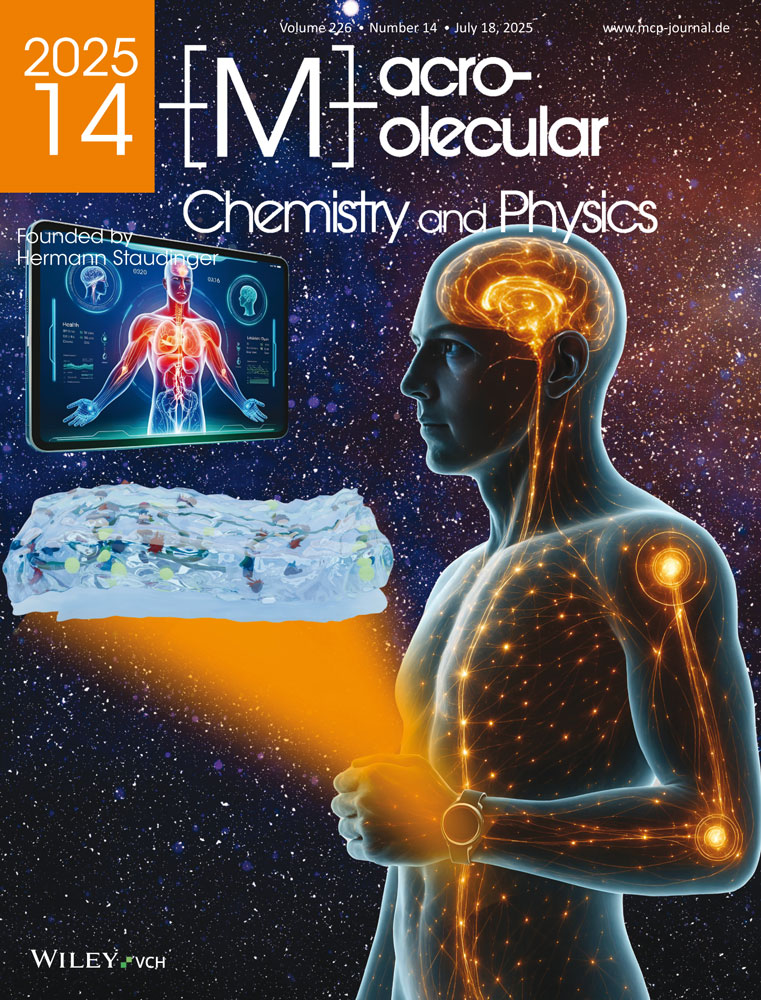Ferroelectric liquid-crystalline elastomers†
Presented in part at the ACS-meeting in Chicago, August 27, 1993; cf. ref.11
Abstract
Oriented liquid-crystalline (LC) elastomers (polar monodomains, concerning the direction of polarisation) have been prepared from polar monodomains of ferroelectric LC-polysiloxanes by a radical photocrosslinking process. Attempts to perform ferroelectric switching lead in these soft elastomers to an elastic stress which prohibits—for low voltages—a complete reorientation of the polar axis (ferroelectric switching). A ferroelectric switching can, however, be observed for high voltages. The loop of hysteresis of this switching is asymmetric concerning the zero point of the driving voltage. Piezoelectric measurements show that these elastomers combine an elastic memory for one polar state with enough flexibility to allow a reorientation of the polar axis.




